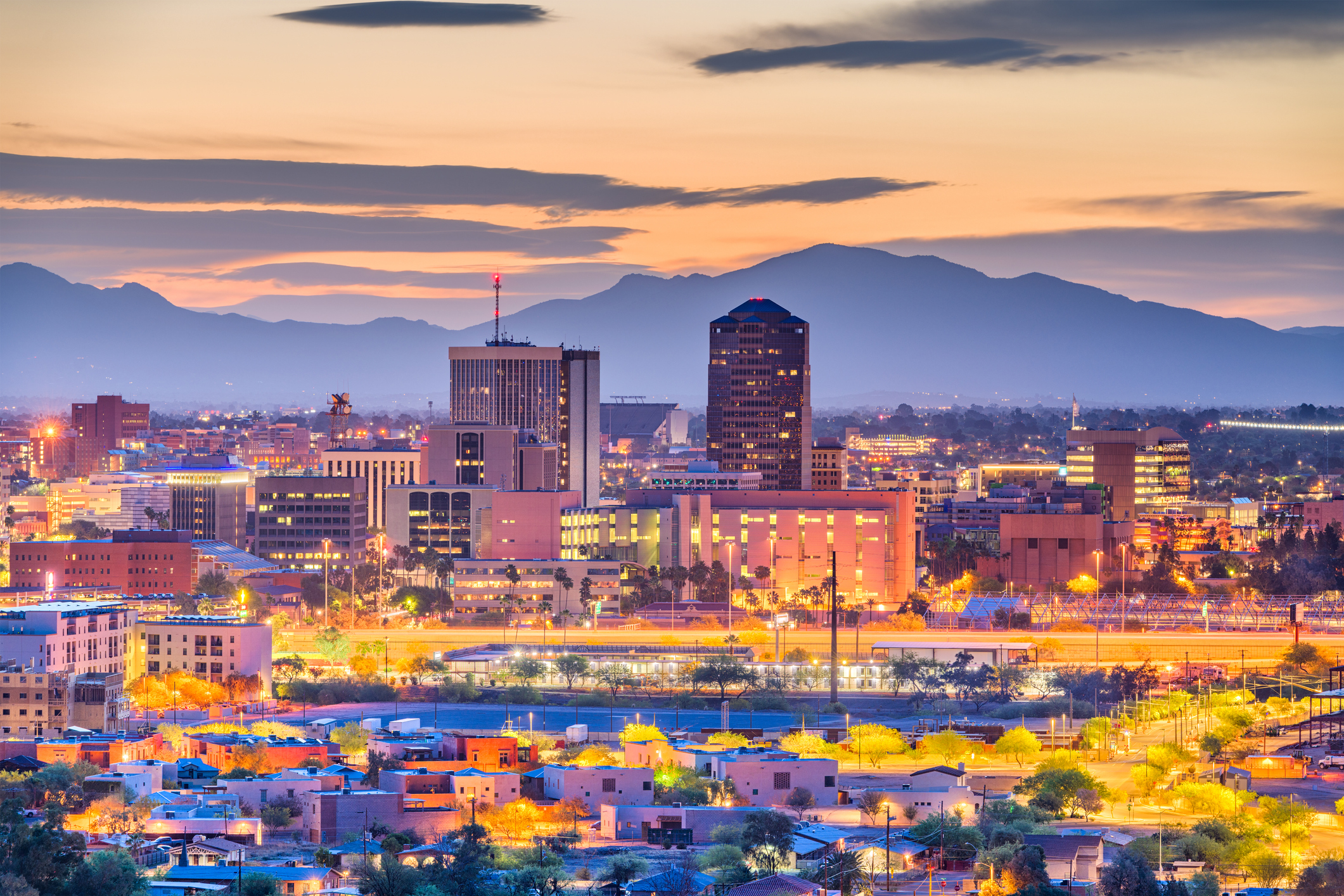
Avoid These Overpriced Tourist Attractions in Tucson
Tucson is a city that thrives on its unique blend of cultures, natural beauty, and rich history. However, for locals, the challenge lies in navigating the tourist-heavy areas that often overshadow the real essence of the city. From overpriced attractions to staged experiences, many of these spots are more about commercial appeal than authentic engagement with the desert environment.
Arizona-Sonora Desert Museum: The $25 Desert Zoo Experience
The Arizona-Sonora Desert Museum is often touted as an educational destination, but for many residents, it feels like an expensive zoo disguised as a learning center. While the museum offers a curated view of desert flora and fauna, locals know that the true desert experience can be found by simply stepping outside the city. Public lands surrounding Tucson offer free access to the same wildlife, making the museum's high admission fee seem unnecessary.
Saguaro National Park: The Crowded Cactus Photo Factory
Saguaro National Park is undeniably beautiful, but it has become a hotspot for tourists looking to capture the perfect photo of saguaro cacti. Locals, however, prefer less crowded trails that offer the same stunning views without the hassle of parking lot battles or tour bus congestion. The park’s popularity has led to concerns about environmental impact, with visitors often unaware of the delicate ecosystem they’re trampling.
Old Tucson Studios: The Fake Wild West Movie Set
Old Tucson Studios may look like a glimpse into the past, but it’s essentially a Hollywood set designed for entertainment rather than historical accuracy. Visitors pay for rides and staged performances, while the real history of the region lies in places where people lived and worked. For those seeking authenticity, exploring actual historic sites and communities offers a more meaningful connection to Arizona’s past.
Mission San Xavier del Bac: The Tourist Mission Experience
Mission San Xavier del Bac is a stunning example of Spanish colonial architecture, but it also holds deep cultural significance for the Tohono O’odham community. While tourists often treat it as a museum, locals understand that it remains an active place of worship. Appreciating the mission requires recognizing its ongoing role in the lives of Indigenous people, not just admiring its aesthetic features.
Fourth Avenue: The College Town Shopping Strip
Fourth Avenue is a popular spot for shopping and dining, but it caters mostly to University of Arizona students and visitors. While it offers a variety of stores and restaurants, many locals feel that the area has lost its original charm due to rising rents and commercialization. Real Tucson culture is found in the city’s neighborhoods, where community events and local businesses thrive beyond the tourist-centric strip.
Pima Air & Space Museum: The $20 Airplane Graveyard Tour
The Pima Air & Space Museum showcases a collection of military aircraft, but for many locals, the real aviation story in Tucson lies at Davis-Monthan Air Force Base. The base’s “Boneyard” offers a unique opportunity to see a vast array of planes for free during limited public tours. The museum, while informative, doesn’t capture the full scope of the city’s aerospace legacy.
Tucson Botanical Gardens: The $15 Desert Plant Display
The Tucson Botanical Gardens provide a curated view of desert plants, but locals know that these species are abundant in the wild. Hiking through the desert offers a more immersive experience, allowing visitors to appreciate the natural beauty of the region without the need for admission fees.
Colossal Cave Mountain Park: The Underground Tour Experience
Colossal Cave Mountain Park offers guided tours of underground chambers, but for many locals, it’s more of a novelty than a must-see attraction. The cave system is interesting, but the experience is often seen as a one-time visit rather than a regular activity.
Kartchner Caverns State Park: The $25 Cave Reservation Experience
Kartchner Caverns State Park is a well-preserved cave system that requires advance reservations for guided tours. While the experience is educational, some visitors feel rushed through the tour, missing out on the full potential of the site. Locals appreciate the conservation efforts but often seek other ways to explore Arizona’s natural wonders.
Sabino Canyon: The Tram Ride Through Nature
Sabino Canyon offers a scenic tram ride through a beautiful desert landscape, but for locals, hiking the extensive trail system provides a more authentic experience. The tram can be convenient, but it takes away from the freedom of exploring the canyon on foot.
The Verdict: Find the Real Tucson
Authentic Tucson is found in neighborhood restaurants serving traditional Sonoran Mexican food, in the quiet of hiking trails that offer breathtaking views, and in community events that celebrate the city’s diverse heritage. While tourists may spend money on manufactured experiences, locals continue to enjoy the real culture of the city—a vibrant mix of Mexican, Native American, and university influences that define the heart of Tucson.
